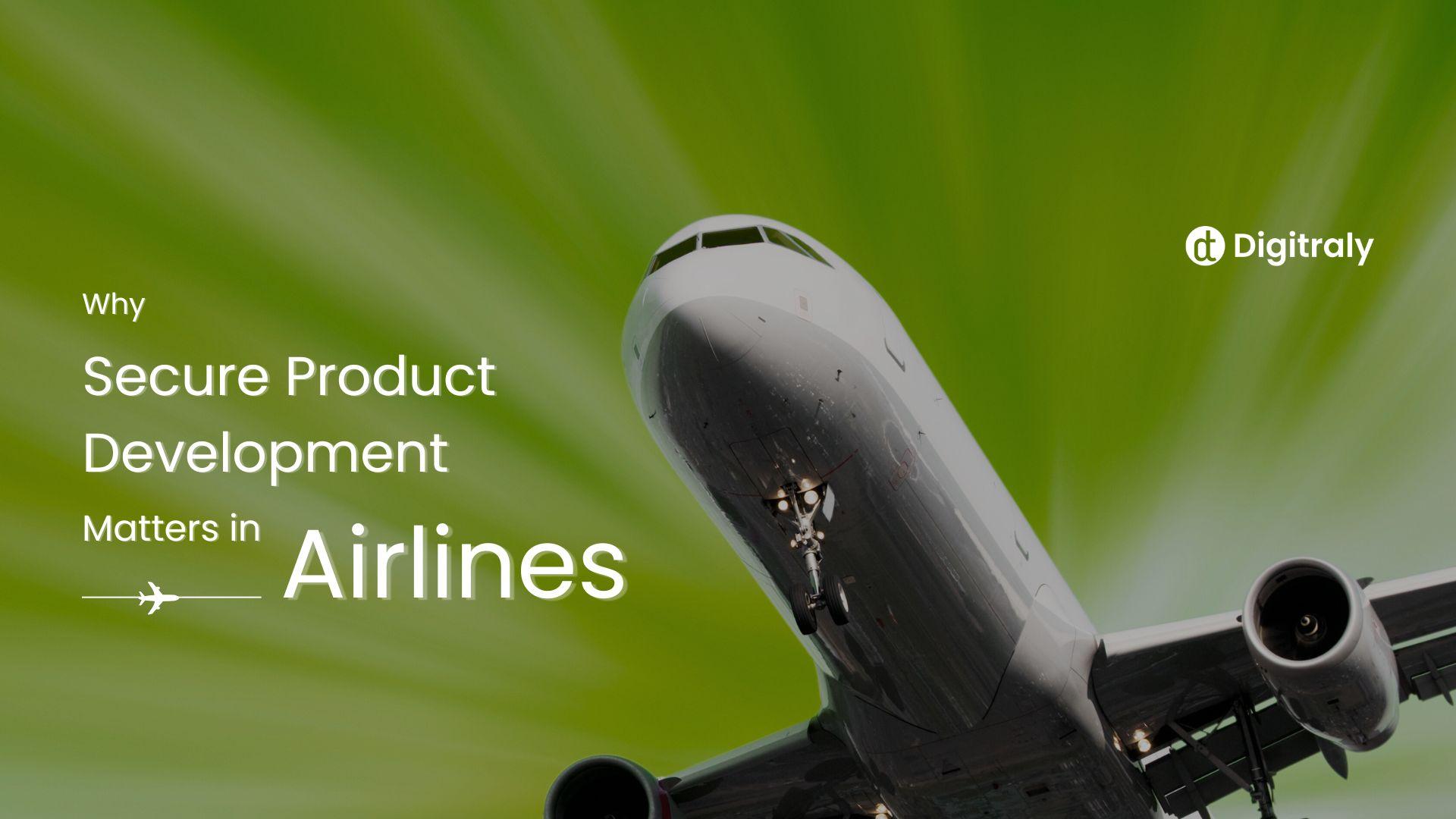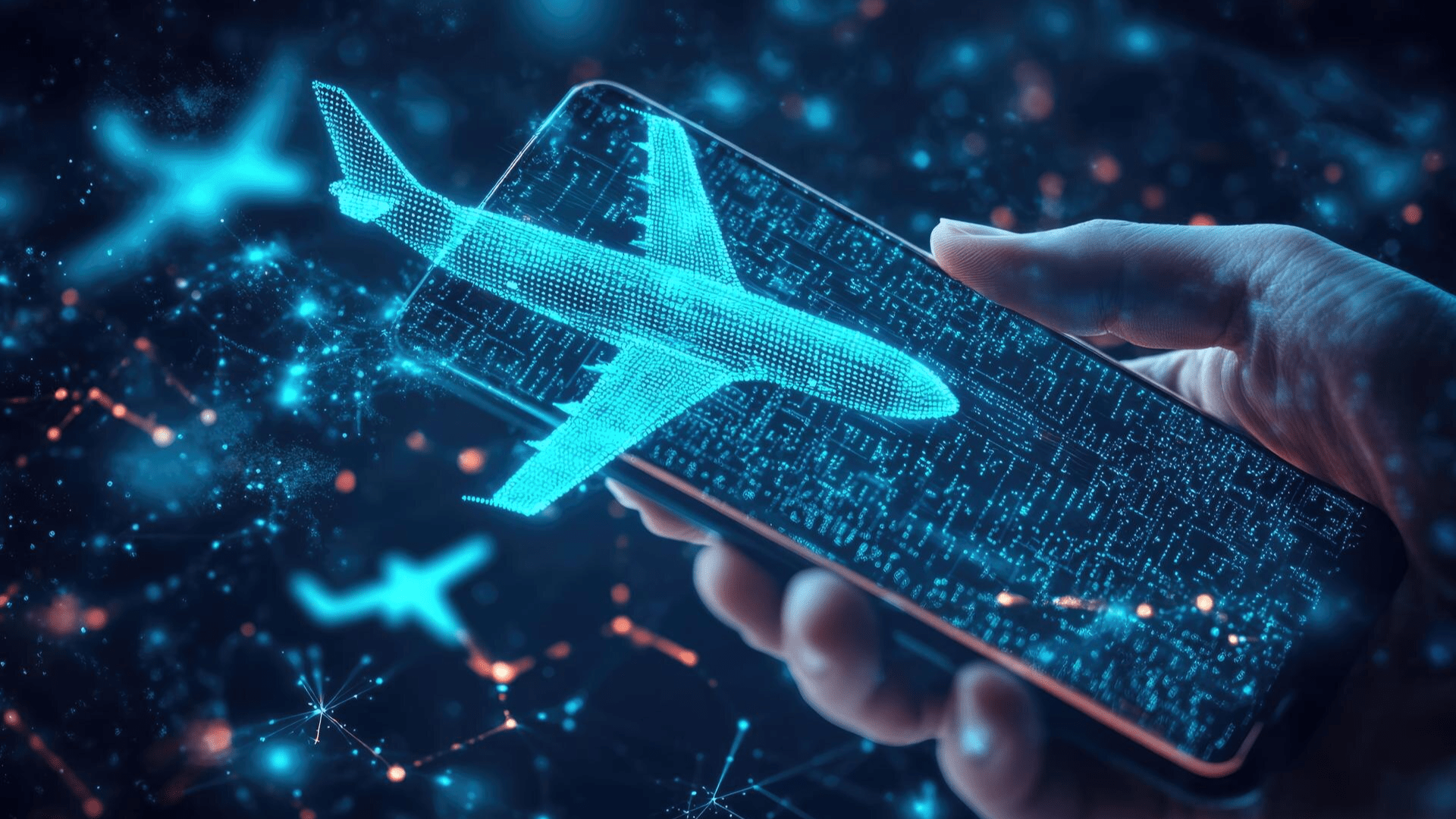For passengers, modular technology means smoother, faster journeys with more choices. For airlines, it brings efficiency, new revenue streams, and freedom from legacy systems. This shift from monolithic to modular booking platforms is reshaping how air travel works today—and in the future.
From Monolithic to Modular
Traditional airline booking systems were rigid, bundled, and expensive to update. Changing one function often required a complete system overhaul.
With modular technology, airlines can now plug in independent components—such as seat selection, dynamic pricing, loyalty programs, or ancillary purchases—without disrupting the entire system. This agility enables faster innovation, lower costs, and more personalized customer experiences.
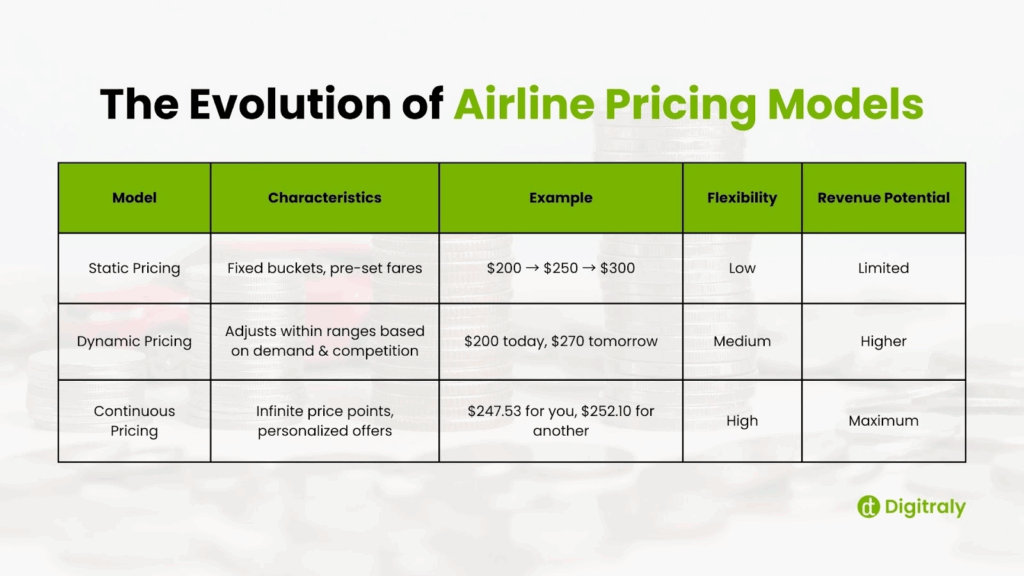
Personalization at Scale
Travelers expect tailored experiences, not one-size-fits-all bookings. Digital-first platforms now make this possible:
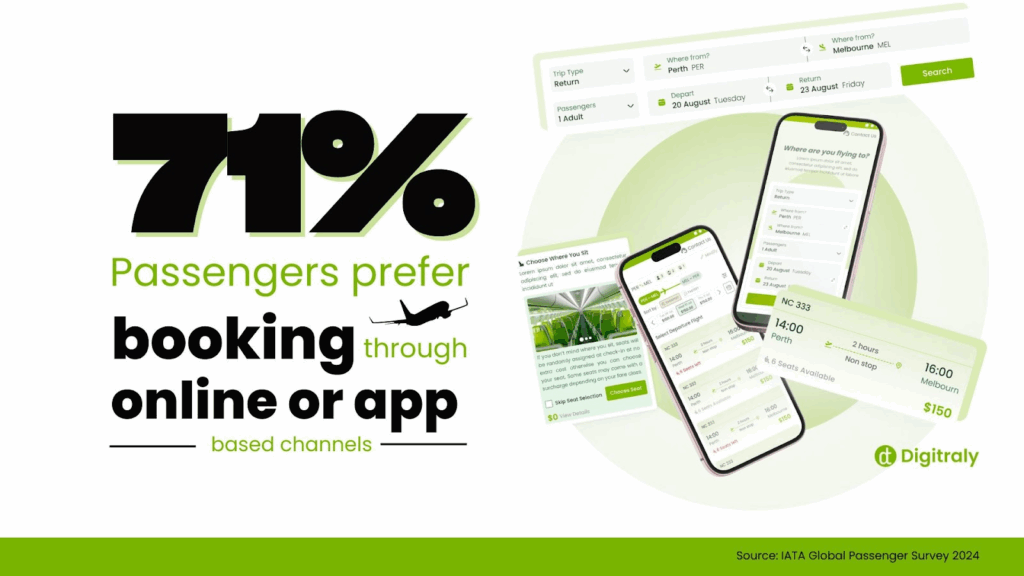
- 71% of passengers prefer booking online or via apps
- 53% use an airline’s own platforms
Modular systems, powered by data, let airlines offer:
- Customized seat upgrades and add-ons
- Loyalty point integration during booking
- Dynamic pricing that responds instantly to demand
The result: a booking journey that feels interactive and personal.
Speed and Efficiency
APIs allow modules to “talk” to each other seamlessly. Airlines can:
- Launch new features quickly
- Integrate third-party services (hotels, cars)
- Streamline payments and fraud detection
For passengers, this means quicker, error-free bookings. For airlines, it means lower maintenance costs and faster response to market changes.
Unlocking Ancillary Revenue
Ancillary sales—baggage, meals, upgrades are now critical to profitability. Modular booking platforms make these offers seamless, bundled, and targeted.
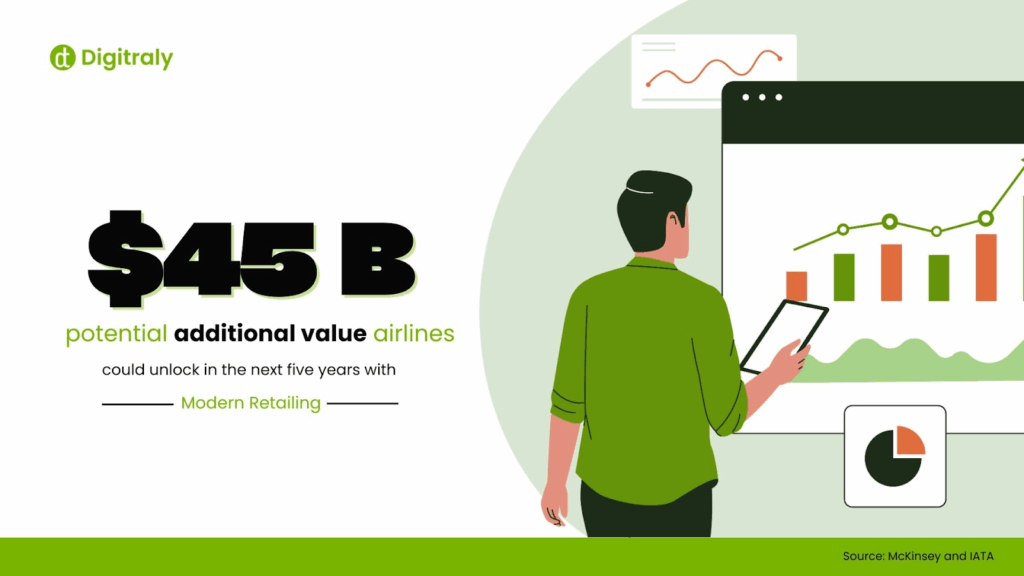
According to IATA and McKinsey (2024):
- Airlines could unlock $45B in additional value within five years.
- New Offers alone represent $13B+ in potential revenue
- Airlines could see 2–3% revenue uplift or up to 15% EBITDA growth
Customer Control and Transparency
Travelers value flexibility and control. Modular booking systems let them:
- Modify individual trip components without rebooking
- View live availability and dynamic prices
- Self-manage cancellations, upgrades, and rebookings
This transparency builds confidence and satisfaction in a competitive market.
Smarter Distribution and Offers
AI-driven models enhance modular platforms by predicting what customers want, when they’ll buy, and how to bundle it. This leads to smarter offers, higher conversions, and increased revenue without adding complexity.
Future-Ready by Design
Modular systems aren’t just about today—they’re built for tomorrow. Airlines can integrate:
- AI chatbots for instant support
- Blockchain for secure ticketing
- Biometrics for faster check-ins
- IoT for personalized in-flight experiences
Challenges to Adoption
Transitioning isn’t without hurdles. Airlines must manage:
- Upfront investment costs
- Integration with legacy systems
- Cybersecurity across modules
- Staff training
But the long-term gains—efficiency, loyalty, and profitability—far outweigh the initial challenges.
Wrap-Up
The airline industry is embracing a profound transformation. Modular booking systems empower airlines with agility, personalization, and new revenue opportunities while giving passengers smoother, more transparent journeys.
Airlines adopting modular platforms today are not just modernizing—they’re redefining the future of air travel.
Turn modular technology into measurable growth.

